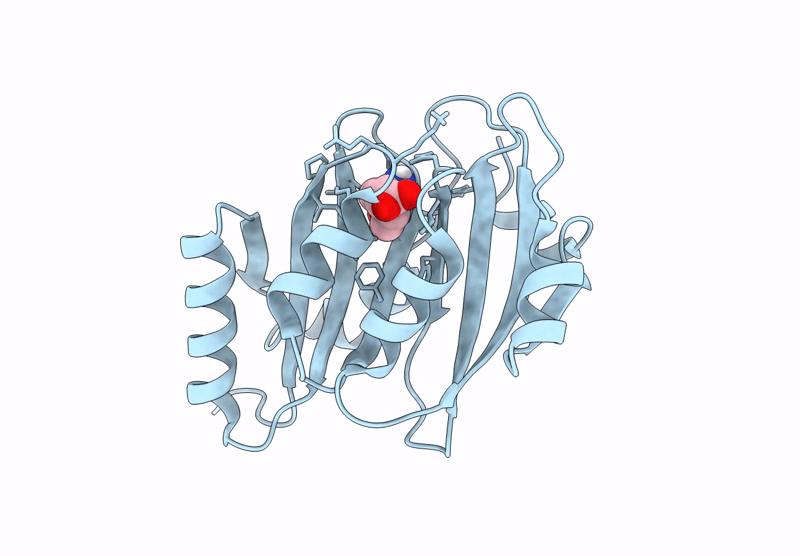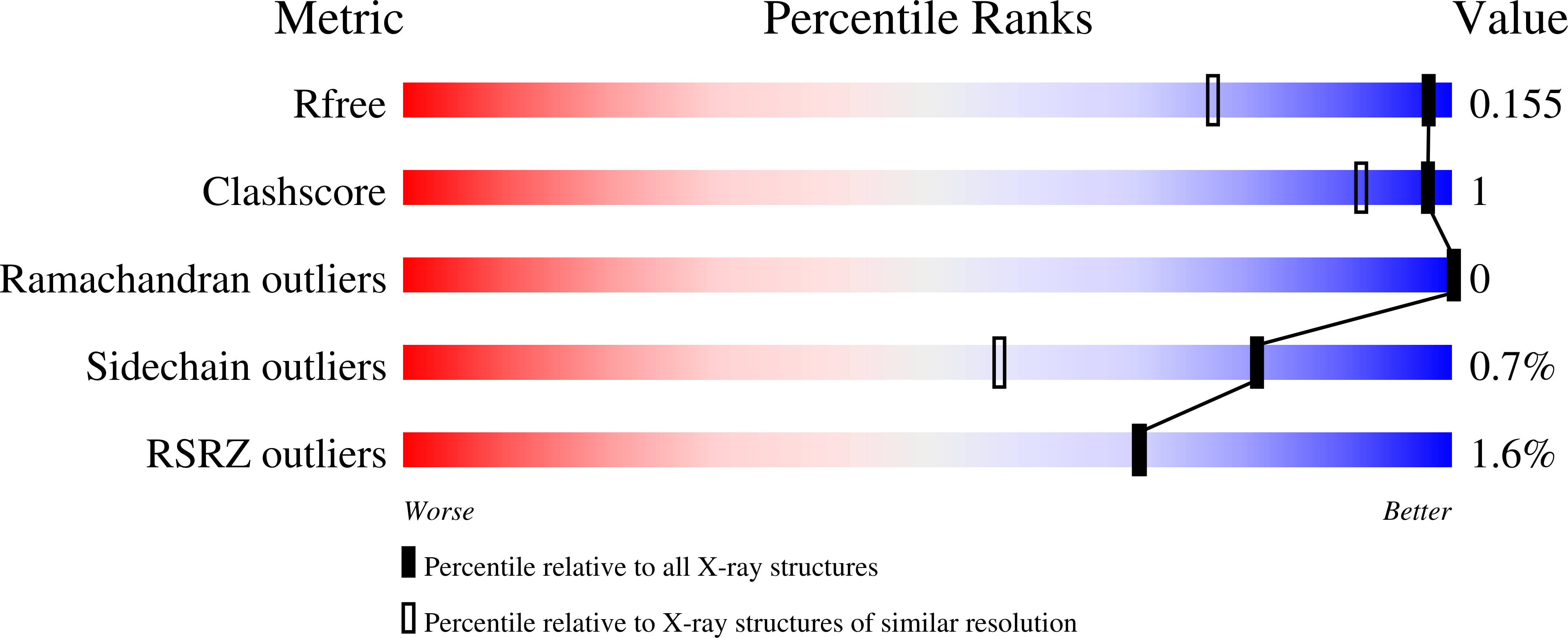
Deposition Date
2024-08-09
Release Date
2025-04-09
Last Version Date
2025-07-09
Entry Detail
PDB ID:
9D2S
Keywords:
Title:
Crystal structure of E. coli Threonine dehydratase regulatory domain F352A mutant in complex with isoleucine
Biological Source:
Source Organism:
Escherichia coli (Taxon ID: 562)
Host Organism:
Method Details:
Experimental Method:
Resolution:
1.22 Å
R-Value Free:
0.15
R-Value Work:
0.14
R-Value Observed:
0.14
Space Group:
C 1 2 1


